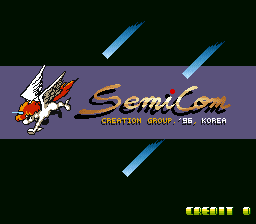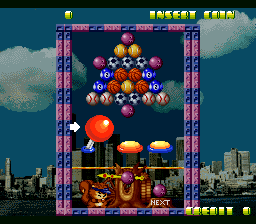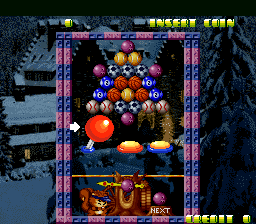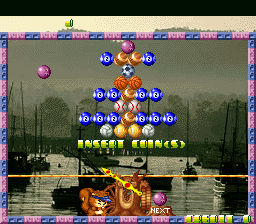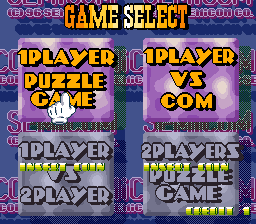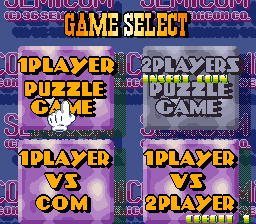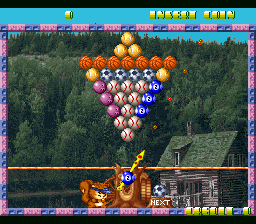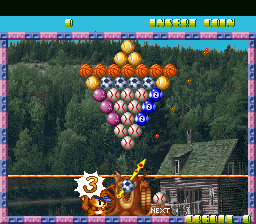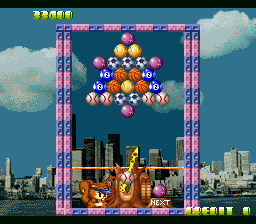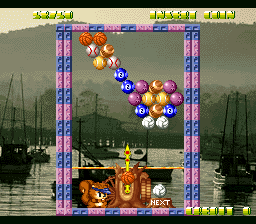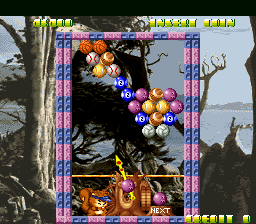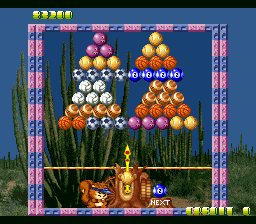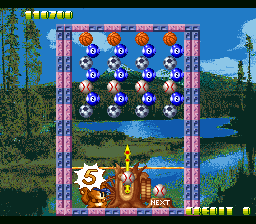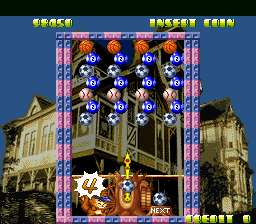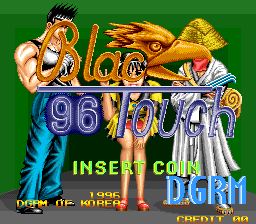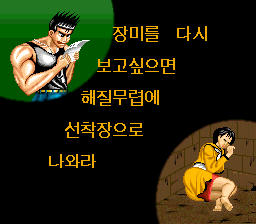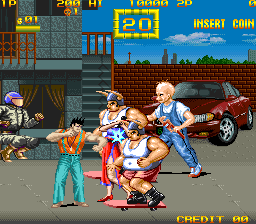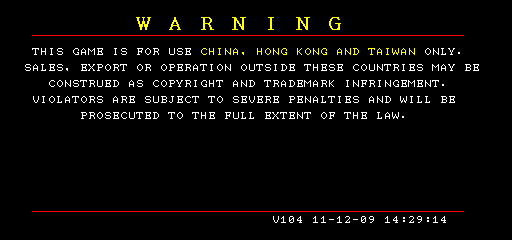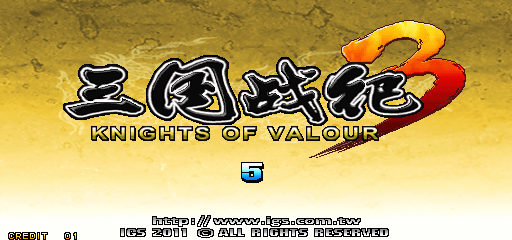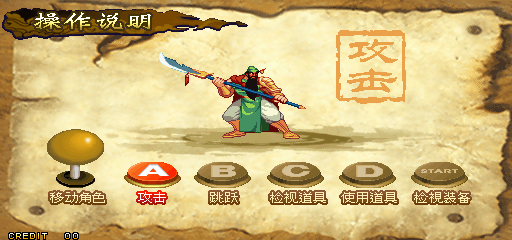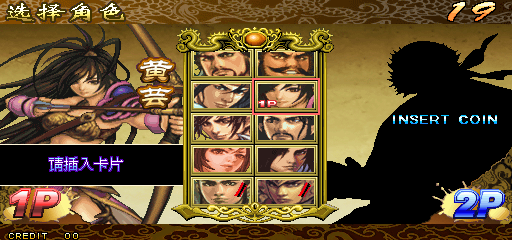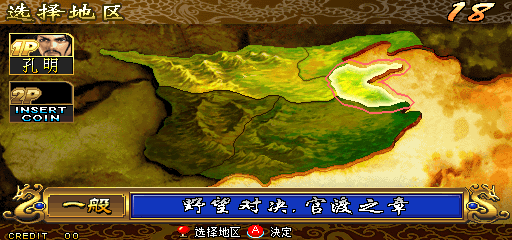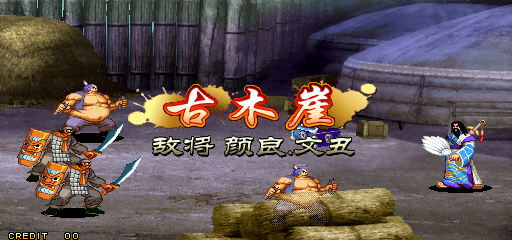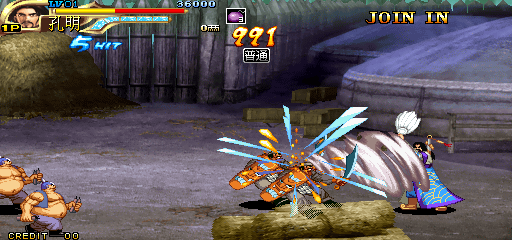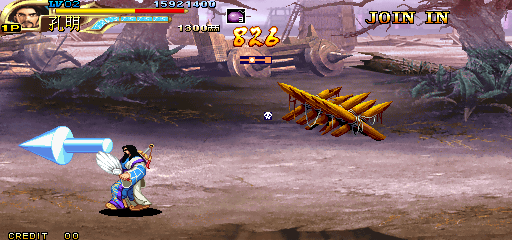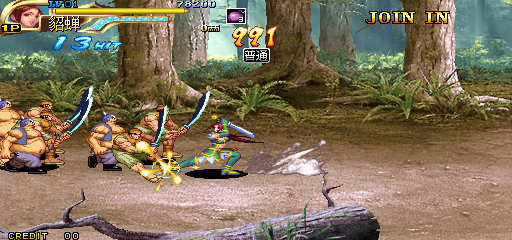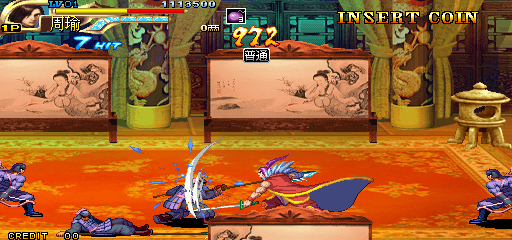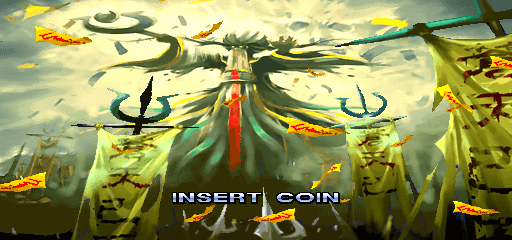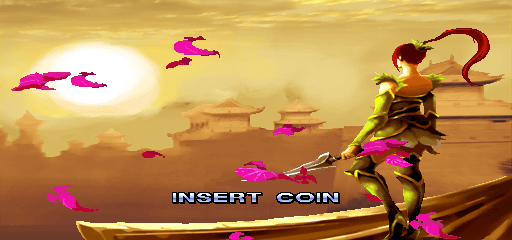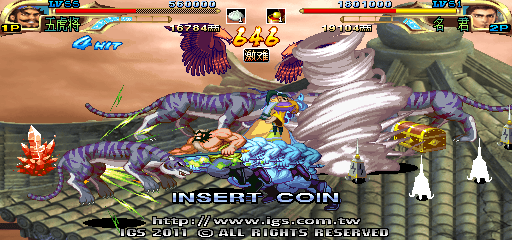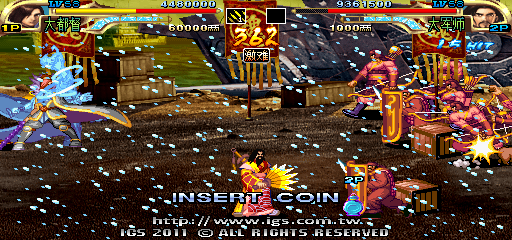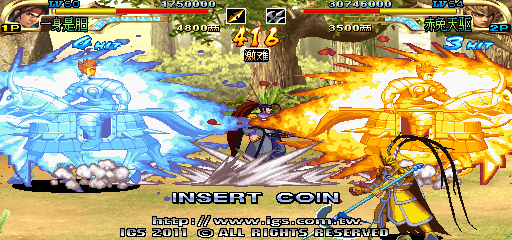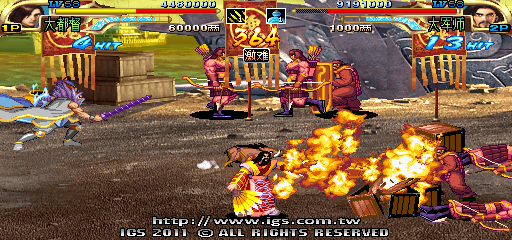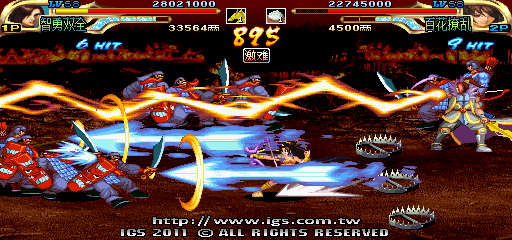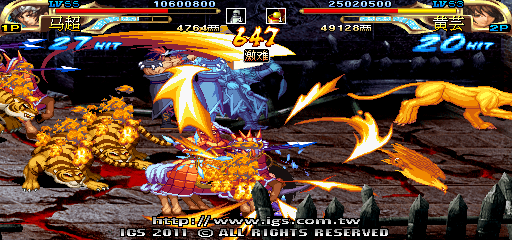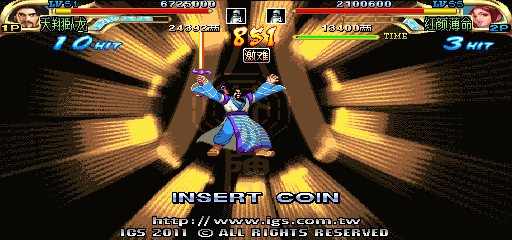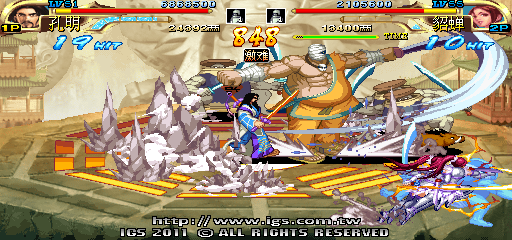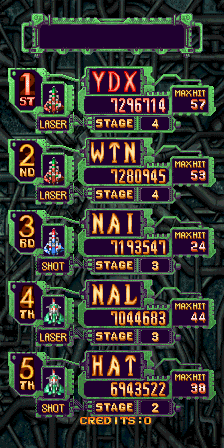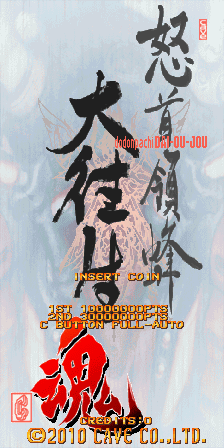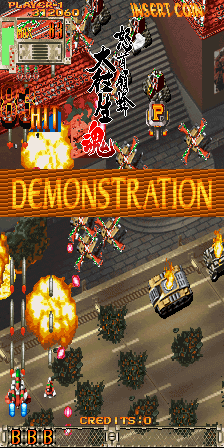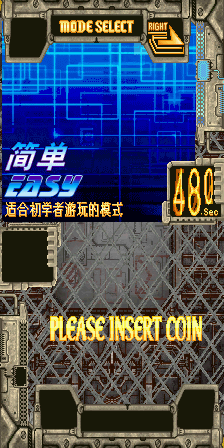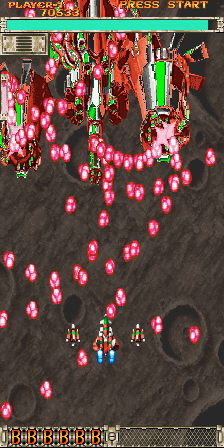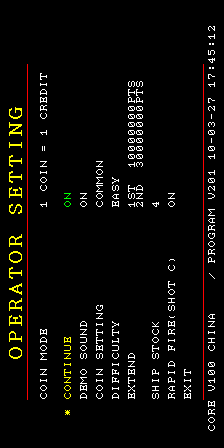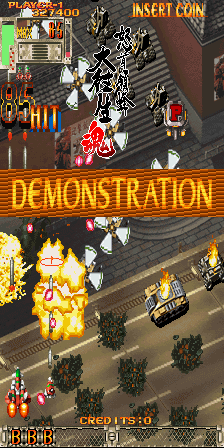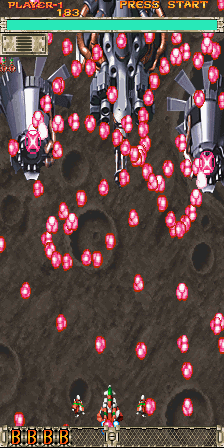Back in 2004 we lived in a time when not all ports of games were simply emulation based, but instead many were genuine reprogrammed piece of software. I briefly mentioned the Radica ‘5-in-1’ Space Invaders TV Game in my previous update, and that’s what I’ve been working on over the past week. If you follow my YouTube channel you’ll have noticed various Work in Progress updates on it.
It’s an interesting piece of hardware / software, and emulating it has so far been a lot closer to emulating a console than a piece of arcade hardware. Everything is driven off a 6502, but with various DMA channels and an unusual video system which stores graphics in texture pages, but then for the tilemaps, still addresses them as tiles etc. and in the case of Qix can also change the base pointer from ROM to RAM.
It also shows that back in 2004 this kind of thing was a viable product. Sure, there were emulators, and you could easily make a case that MAME ran all the games in this collection just fine back in 2004, although truth be told MAME wasn’t actually great back then (which is why it’s so painful to see people using MAME cores older than that just for the sake of running it on some god-awful hardware like the SNES mini)
So far I’ve managed to get most of the video features working, or at least have some understanding of them, although I don’t think anything is quite perfect yet. Transparency pen is definitely wrong, as is palette selection on the 8bpp sprites. Palette itself was an interesting one, it’s clearly based on some kind of HSL type colour model, not RGB, again making it very unusual compared to most arcade hardware I’ve emulated. Colours are mostly correct in MAME with this model, but certainly not quite right yet.
Sound, which I haven’t got around to emulating yet, appears to be 6-channel ‘DMA’ DAC style, where the game code sets pointers to rom and fires off a trigger. It looks like these might also generate a custom ‘finished’ interrupt too, as well as setting ‘finished’ flags (which the games wait on sometimes, hence the Radica logo vanishing so quickly I believe, because we’re always reporting sound finished right now)
Before continuing, here are some shots of the Space Invaders one running.


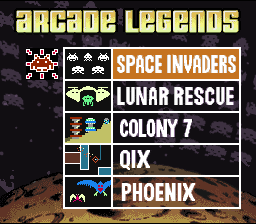
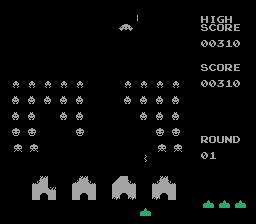
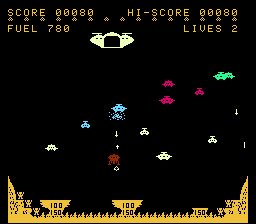
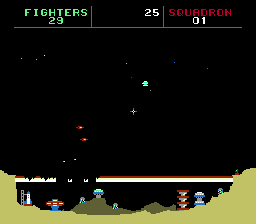
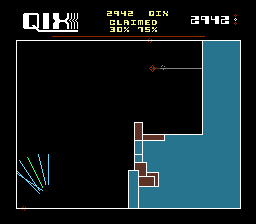
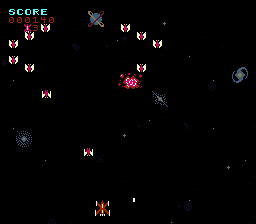
The programming on these is interesting too, the hardware clearly has a way of having higher priority tile clip out sprites and based on real hardware footage Lunar Rescue uses this at the edges of the screen to create a slightly narrower view. Strangely Space Invaders doesn’t, and instead has some ugly wrapping effects with the UFO even on real hardware. It seems like the individual games might have had different programmers behind them, because each one seems to make use of the hardware in slightly different ways. Aside the aforementioned clipping there are a number of other annoying issues issues too, for example the code buffers the sprites, so there’s a noticeable input delay. This delay is really noticeable in Qix where the background layer isn’t buffered so while moving you can see your line being drawn where the player sprite should be, ahead of the actual sprite! I’ve checked real hardware videos and the same is present there.
This is really where I was going when I said in 2004 these things were more viable than maybe they are today. None of the reproductions on offer here are perfect, it’s easy to tell them all apart from the arcade originals, but at the time standard definition CRT TVs were still in the majority and a number of these games ran on vertical monitors, so you’ve automatically got a resolution issue with most TVs being unable to display the required resolutions without at least altering the graphics / screen arrangement. It would also have been relatively expensive to have a CPU capable of emulating these things back then (the mainstream consoles of the period were only just capable of it) Likewise filling the units with the CPUs etc. that the original games used would also have been expensive (and likely the parts difficult to source) so instead you got ports, rewrites of the games that were suitable for the hardware available at the time. It’s not actually too different to how/why the 8-bit computers got ports in the 90s, except by 2004 it was much easier for developers to get access to original resources such as graphics / sound rather than having to do those from scratch too.
These days emulation has set the bar much higher, and while you still do see sub-par products like the NES Classic and various Raspberry Pi based solutions somehow selling despite still based on 15-20 year old emulation knowledge, they’re still a step up in quality than something you could just plug into your TV in 2004. Admittedly there are still hundreds of cheap Chinese handheld devices based on similar evolved 8-bit tech to these things, but very few of those claim to be in any way licensed.
I guess that’s what makes this kind of device fascinating to me, they’re official ports of the games just like any other, but they’re also “dead-end” ports, versions of the codebase that existed at the time and have no commercial reason to be brought forward; creations that exist because limitations of the time made them more acceptable back then.
Obviously MAME has roots in arcade emulation, and being able to show the course of evolution of these arcade games, how they ended up on home systems and in devices like this one actually means the path of the project is reflecting the course of the original material. How was Taito giving access to their 1978 hit Space Invaders in 2004? By allowing Radica to license the IP produce these devices so people could play it at home. Now, thanks to emulation, we can help to document that part of the story too, show where these things got it right, and where they got it wrong, and what possible reasons there were for that.
Radica didn’t only use this hardware for the Space Invaders product, there was also a gimmicky version of Tetris running on it, and probably plenty of other titles. We know they switched to a XaviX based solution at some point (which is more complex and has actual custom CPU opcodes etc.) but there are almost certainly a whole bunch of other products running off the same hardware as this one.
The Tetris one is interesting for many of the same reasons I highlighted above, it’s another thing that was licensed and ported all over the place, and being able to document / show that is culturally and historically important. Unfortunately the Tetris one crashes in MAME when you try to start a game at the moment, so it’s not too interesting to show at this point.
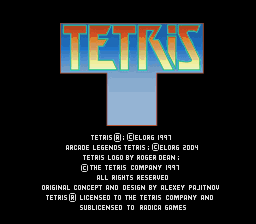


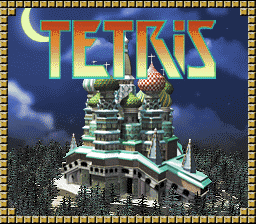
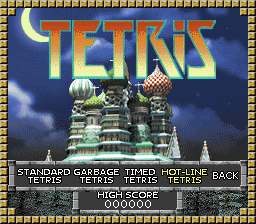
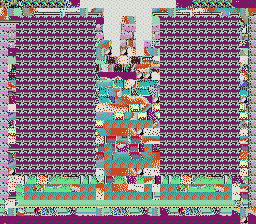
One thing of note about the Tetris one is that you can access a hidden test mode by holding Down and Anticlockwise. Space Invaders contains images for a similar test mode, but I haven’t worked out how to access that one.
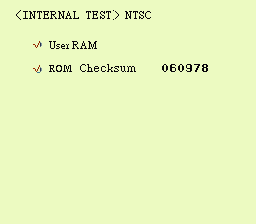
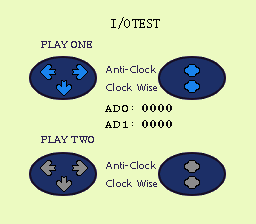
This also allows player 2 inputs to be tested, which is going to be fun to figure out because I think they’re being read in a strange way, maybe via Serial or some hack of the ADC because they’re not read directly (which maybe shouldn’t be surprising, the P2 controller is optional and plugs into the P1 controller)
Anyway, I’m going to continue to try and improve these, look into adding the sound, see if I can figure out why Tetris crashes, and fix up the transparencies. I’m also hoping some more games on this hardware get dumped. Sean Riddle picked up a “Golden Tee Home Edition” and “Skateboarding” which both look like they might fit here (and if they do, both use horizontal scrolling to, so will provide additional evidence for improving the hardware emulation as nothing we have so far does)
*edit* I’ve improved the video emulation a bit, here’s an updated video showing the current state, some of this is a bit hacky due to lack of software to make conclusions, but at this point I think any visual problems aside the slightly off colours are the same as the real hardware.
Need to look into adding sound next.
